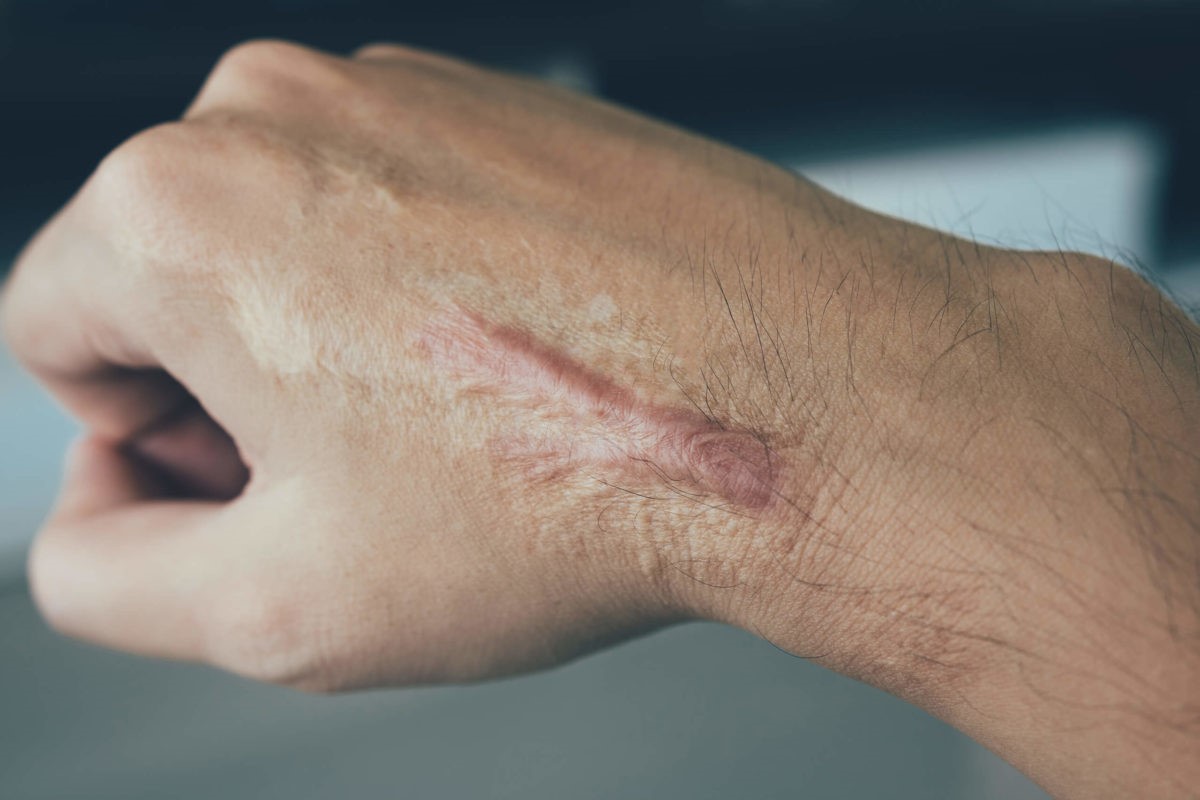
Scars tell stories etched into our skin, each one unique. Whether from an accident, surgery, or a childhood mishap, scars are a part of life. But what exactly are they? Scars form when the skin repairs itself after injury, creating fibrous tissue. They can vary in appearance based on factors like the wound's size, depth, and location. Some scars fade over time, while others remain prominent. Did you know that scars can also be influenced by genetics? Certain people are more prone to developing keloids, which are raised, thickened scars. Understanding scars helps us appreciate the body's healing process and the stories behind each mark.
What Are Scars?
Scars are a natural part of the healing process. They form when the skin repairs itself after an injury. Here are some interesting facts about scars that you might not know.
- Scars are made of collagen, a protein that helps the skin heal.
- The appearance of a scar depends on several factors, including the size and depth of the wound, the location, and the age of the person.
- Scars can be flat, raised, or sunken.
- Keloid scars are thick, raised scars that grow beyond the boundaries of the original wound.
- Hypertrophic scars are raised but do not extend beyond the original injury site.
Types of Scars
Different types of scars form based on the nature of the injury and the body's healing process. Understanding these types can help in managing and treating them.
- Atrophic scars are sunken and often result from acne or chickenpox.
- Contracture scars occur when the skin tightens, often after burns.
- Stretch marks are a type of scar that forms when the skin stretches rapidly, such as during pregnancy or rapid weight gain.
- Acne scars can be either atrophic or hypertrophic, depending on how the skin heals.
- Surgical scars are usually linear and can vary in appearance based on the surgical technique used.
Factors Affecting Scar Formation
Several factors influence how a scar forms and how noticeable it will be. Knowing these can help in taking preventive measures.
- Genetics play a role in how your skin heals and scars.
- Age affects scar formation; younger skin tends to heal faster but may scar more easily.
- The location of the wound can impact the scar's appearance; areas with more tension, like the chest or shoulders, may scar more.
- Skin type and color can influence scar visibility; darker skin may develop more noticeable scars.
- Proper wound care can minimize scarring; keeping the wound clean and moist helps.
Scar Treatments
There are various treatments available to reduce the appearance of scars. Some are more effective than others, depending on the type and age of the scar.
- Silicone sheets and gels can help flatten and fade scars.
- Steroid injections are often used for keloid and hypertrophic scars.
- Laser therapy can improve the texture and color of scars.
- Microneedling stimulates collagen production, helping to reduce scar appearance.
- Chemical peels remove the top layer of skin, promoting new skin growth.
Myths About Scars
Many myths surround scars and their treatment. It's important to separate fact from fiction to manage scars effectively.
- Myth: Scars will disappear completely with treatment. Fact: Treatments can reduce their appearance but rarely make them vanish.
- Myth: Vitamin E helps heal scars. Fact: Studies show it may not be effective and can sometimes cause skin irritation.
- Myth: Tanning can hide scars. Fact: UV exposure can make scars more noticeable and worsen their appearance.
- Myth: Only surgery can remove scars. Fact: Non-surgical treatments can also be effective.
- Myth: Scars are always permanent. Fact: Some scars can fade significantly over time.
Famous Scars
Some scars have become iconic, often associated with famous personalities or historical events. These scars tell stories of resilience and survival.
- Harry Potter's lightning bolt scar is one of the most famous fictional scars.
- Tina Fey has a scar on her face from a childhood attack.
- Joaquin Phoenix's scar above his lip is a result of a microform cleft, a mild form of cleft palate.
- Harrison Ford has a chin scar from a car accident.
- Queen Elizabeth I had smallpox scars, which she covered with heavy makeup.
Psychological Impact of Scars
Scars can have a significant psychological impact, affecting self-esteem and mental health. Understanding this can help in providing better support.
- Scars can lead to feelings of self-consciousness and embarrassment.
- Some people may experience post-traumatic stress disorder (PTSD) related to the injury that caused the scar.
- Support groups and counseling can help individuals cope with the emotional impact of scars.
- Makeup and cosmetic procedures can boost confidence by reducing scar visibility.
- Embracing scars as part of one's identity can be empowering.
Fun Facts About Scars
Scars have some surprising and fun facts associated with them. These tidbits can make you appreciate the complexity of the human body.
- Some animals, like sharks, can regenerate skin without scarring.
- Scar tissue is less flexible than normal skin because it lacks hair follicles and sweat glands.
- The word "scar" comes from the Greek word "eskhara," meaning "scab."
- Scars can itch because of nerve regeneration during the healing process.
- Some cultures view scars as symbols of strength and bravery.
Scars: A Testament to Healing
Scars tell stories of survival, resilience, and healing. They form when the skin repairs itself after injury, leaving behind a mark that can be temporary or permanent. Factors like genetics, age, and the type of wound influence how a scar looks. Some scars fade over time, while others might need treatments like silicone sheets, laser therapy, or even surgery to reduce their appearance.
Keloids and hypertrophic scars are two common types that can be more noticeable. Keloids extend beyond the original wound, while hypertrophic scars stay within the wound's boundaries but can be raised and red. Proper wound care, including keeping the area clean and moisturized, can help minimize scarring.
Embrace your scars as part of your unique journey. They’re a testament to your body’s incredible ability to heal and protect itself.
Was this page helpful?
Our commitment to delivering trustworthy and engaging content is at the heart of what we do. Each fact on our site is contributed by real users like you, bringing a wealth of diverse insights and information. To ensure the highest standards of accuracy and reliability, our dedicated editors meticulously review each submission. This process guarantees that the facts we share are not only fascinating but also credible. Trust in our commitment to quality and authenticity as you explore and learn with us.


